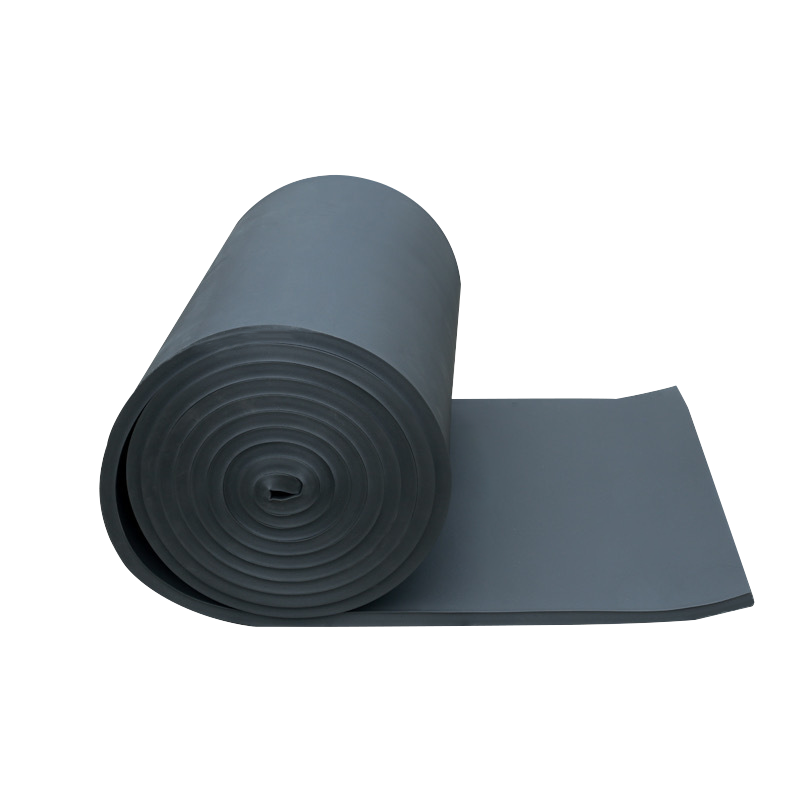

SEARCH
Nowadays, thermal insulation materials have received attention in the construction industry. The rubber-plastic thermal insulation material has low thermal conductivity, completely closed-cell structure, good long-term thermal insulation effect, and the interior is isolated from the external water vapor, which does not absorb water and does not condense. It does not contain toxic substances far below the standard value, it is safe and beautiful, and the construction is convenient. Good thermal insulation materials play an important role in building energy conservation and thermal insulation, so can rubber-plastic boards be used for thermal insulation indoors?
The rubber-plastic thermal insulation material is a flexible foam material, which belongs to the B1-level flame-retardant product, and its fireproof performance reaches the national B1-level standard. It has good thermal insulation performance and can be used for indoor thermal insulation. It can be used for interior walls, and public places such as hotels and ktv use this material for heat insulation and sound absorption, but it is not suitable for exposure. For external wall insulation, it is recommended to use hard insulation materials, such as extruded plastic board, polystyrene board, rock wool board, etc. For example, the use of rubber and plastic insulation boards for air-conditioning pipes can prevent condensation. The rubber-plastic insulation board can reduce the noise in the air, so as to achieve the effect of noise reduction, so it can be used for soundproof rooms. Uetersen rubber and plastic insulation material also has good soft elasticity, which can minimize vibration and resonance, and has the effect of shock absorption, which can be used in indoor gyms.

The density of the rubber-plastic board is closely related to the thermal insulation performance
Density, also known as bulk density, is the mass of a material per unit volume. In thermal insulation materials, the apparent density is often used to express its performance, that is, the mass of the foam material per unit volume under the specified temperature and relative humidity. The apparent density of the material is small, the more closed bubbles, the less rubber and plastic components, which will lead to perforation of the material and increase the probability of breakage. On the contrary, if the apparent density is too high, the less closed air bubbles, the more rubber and plastic components, thereby reducing the thermal insulation performance of the material. The national standard stipulates that the density of rubber and plastic insulation materials should be controlled between 40kg/m3 and 95kg/m3, which can be understood as having no lower limit and supporting low-density products. Of course, some project bidding units require insulation materials for rubber and plastic insulation of fire water pipes. The minimum density is 65kg/m3.